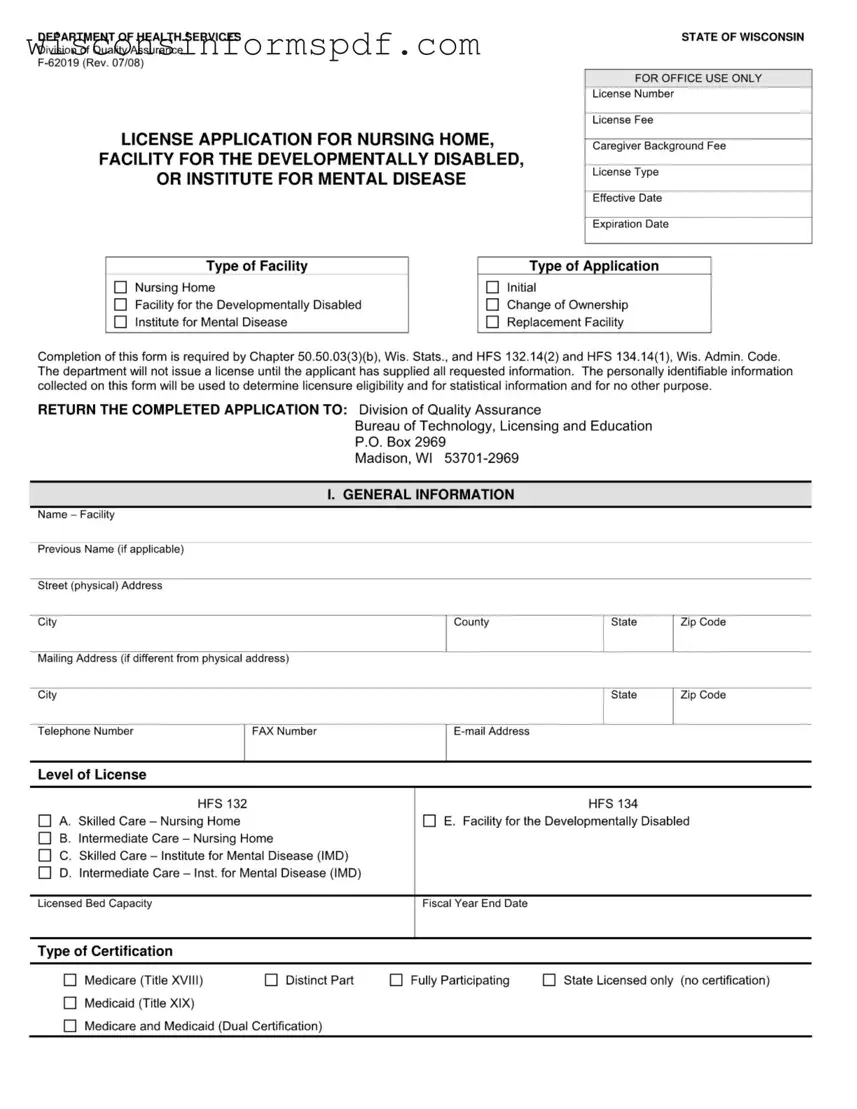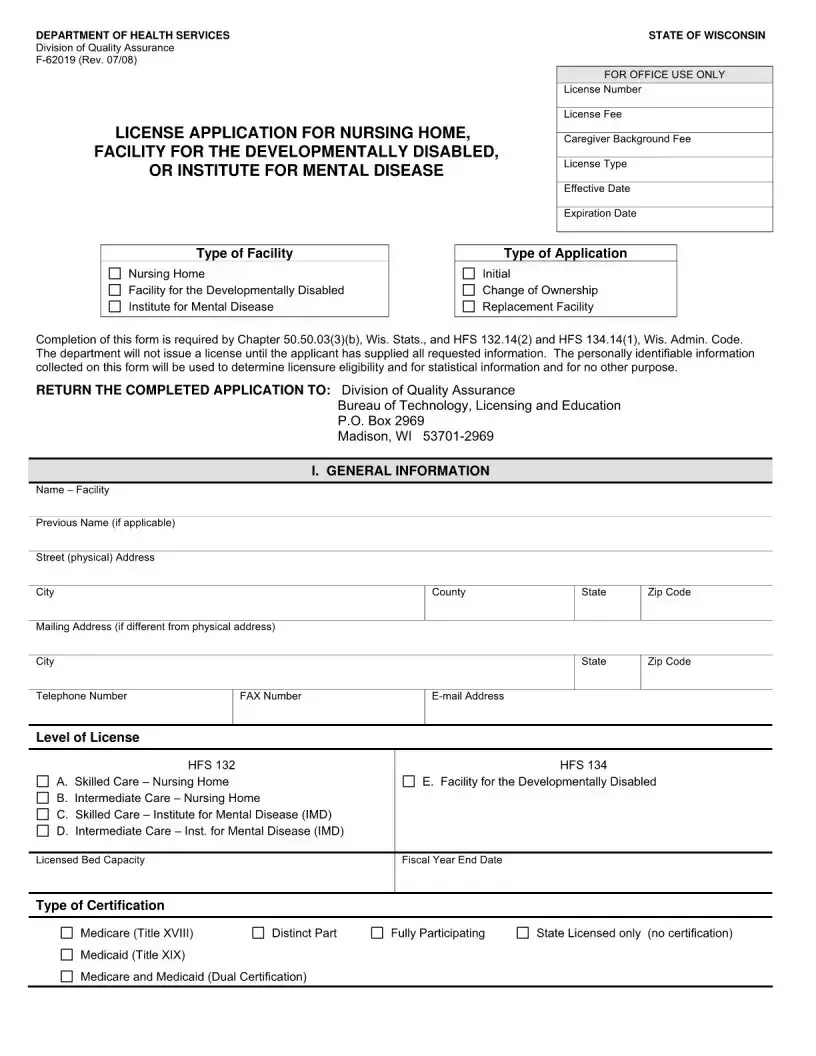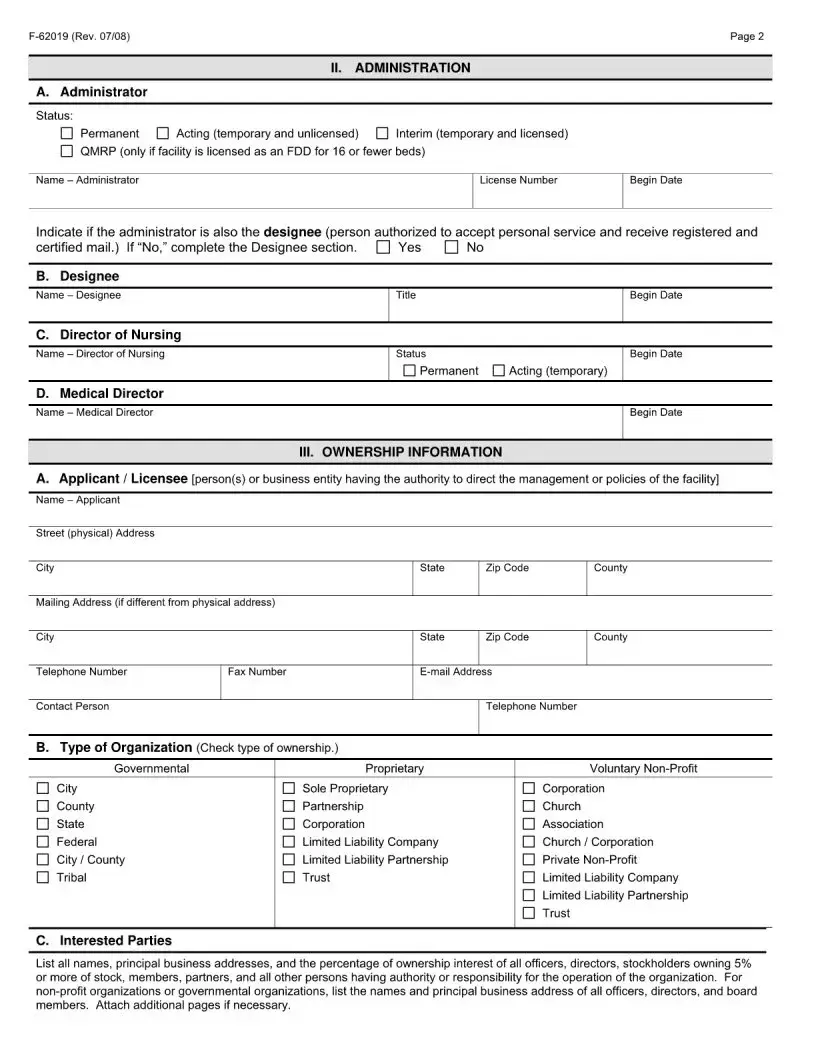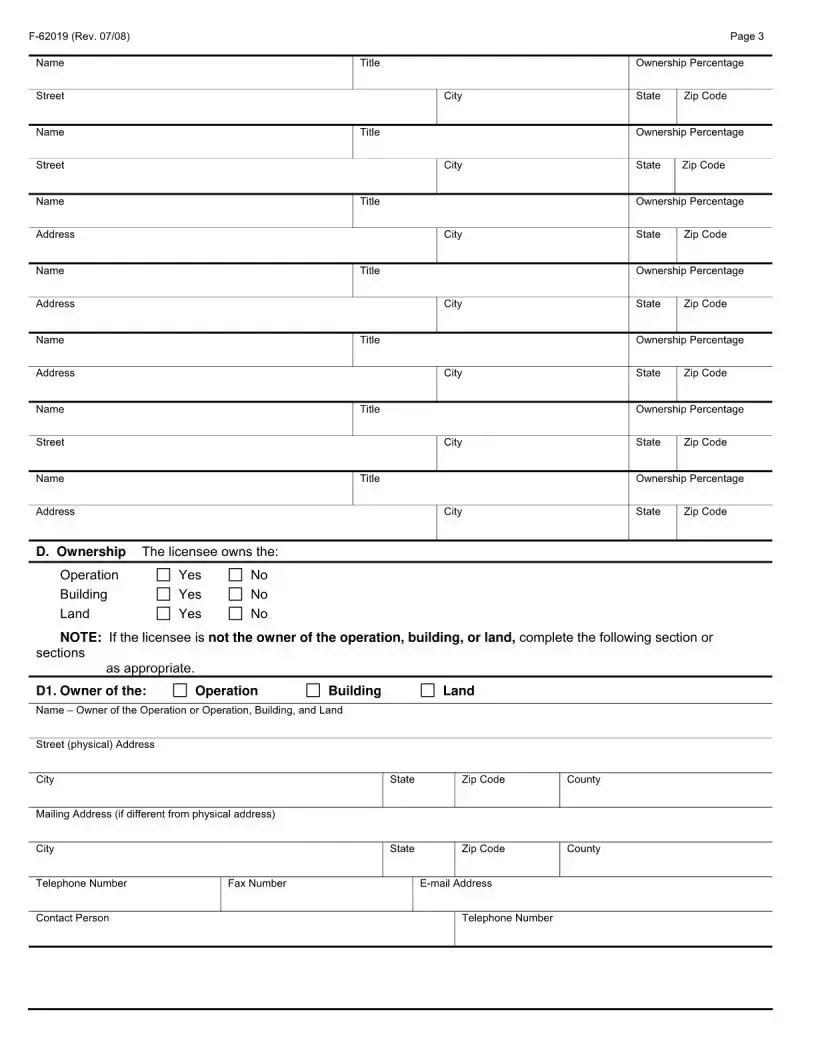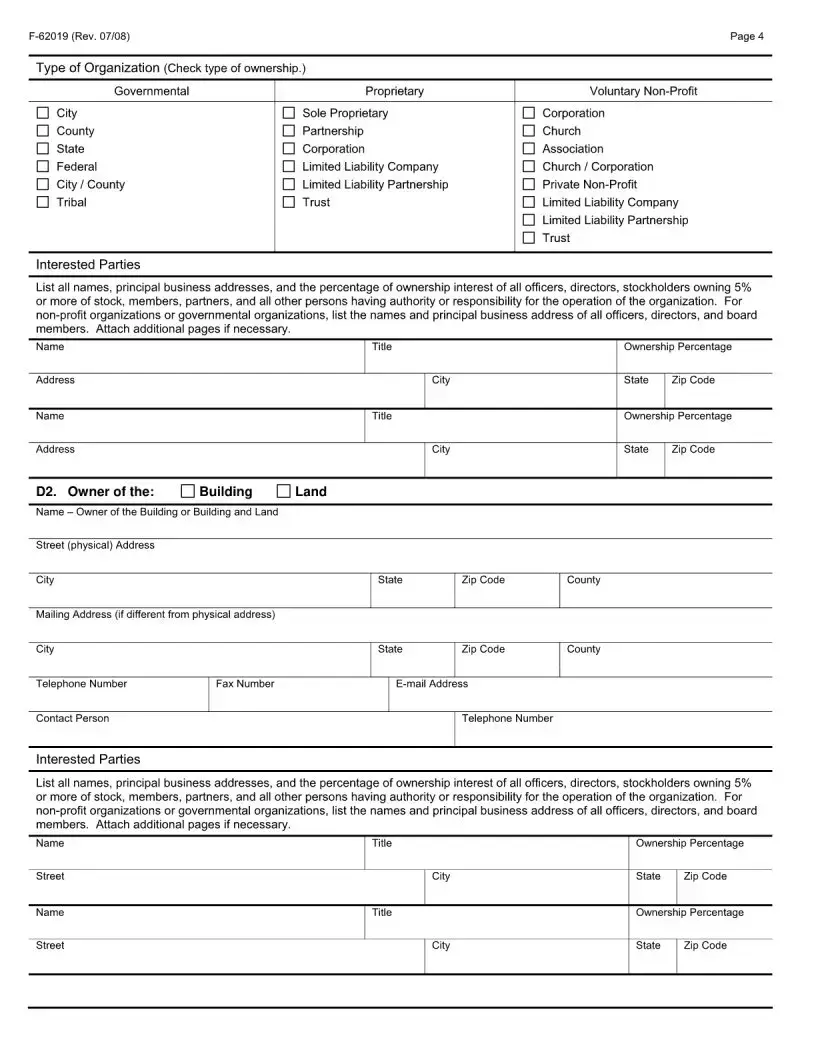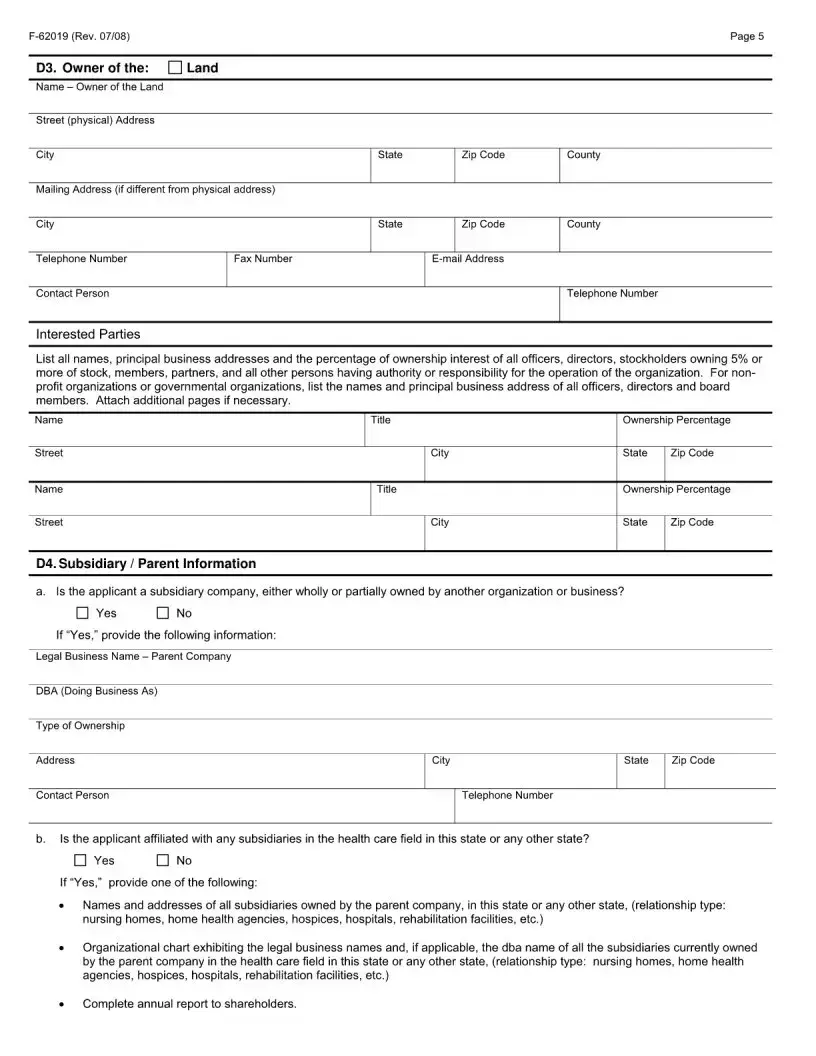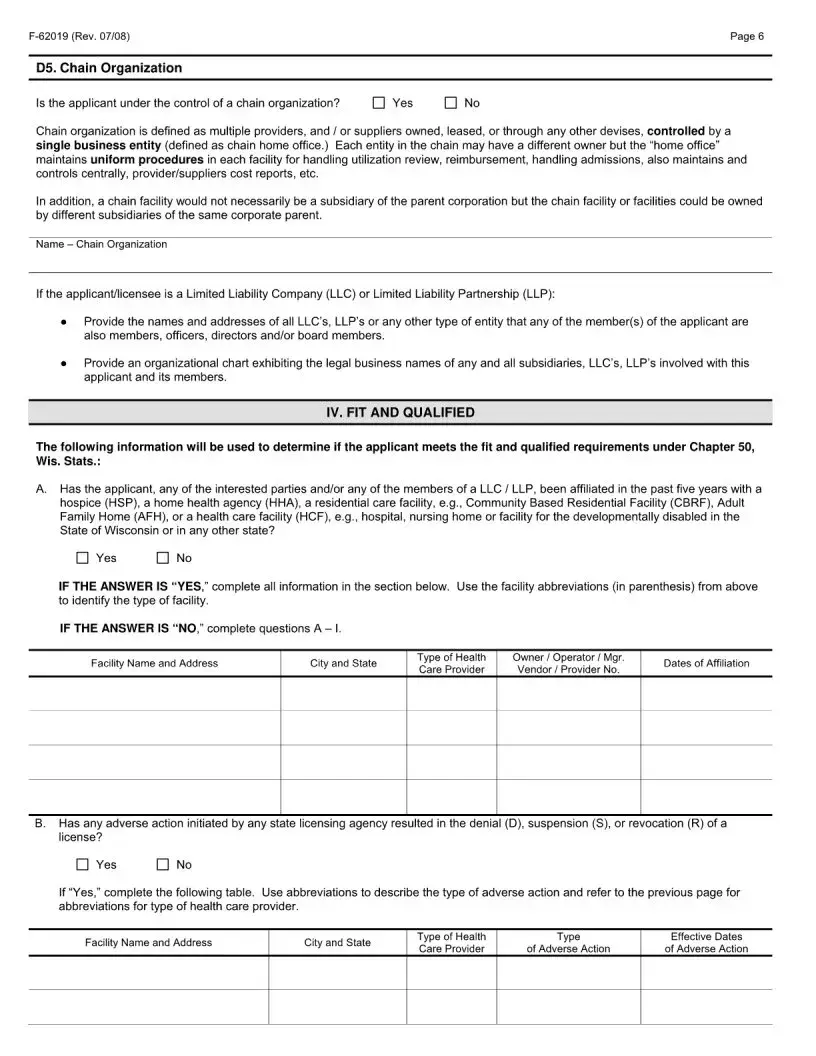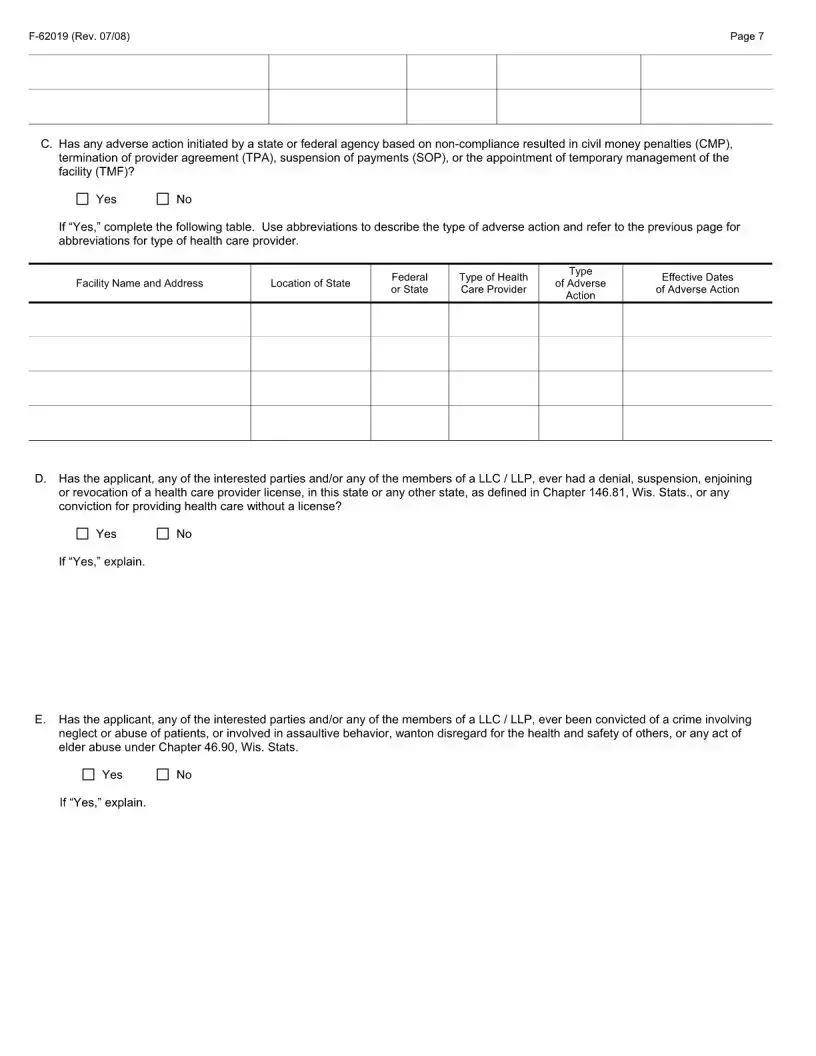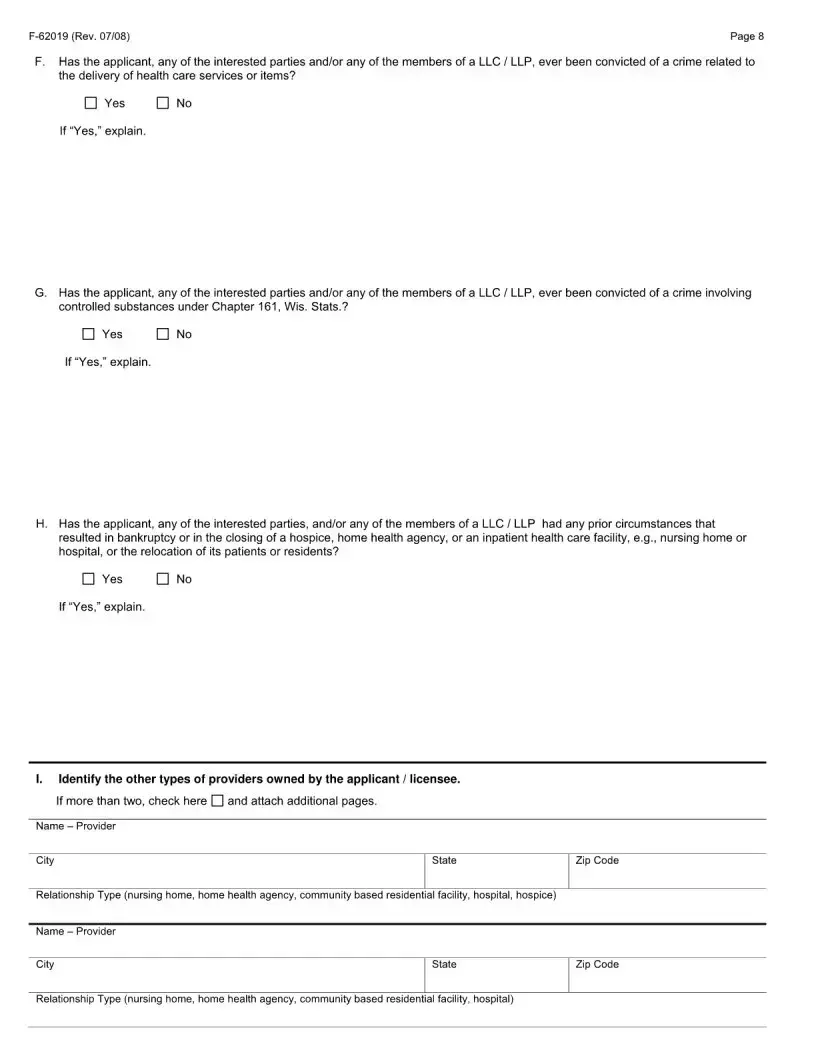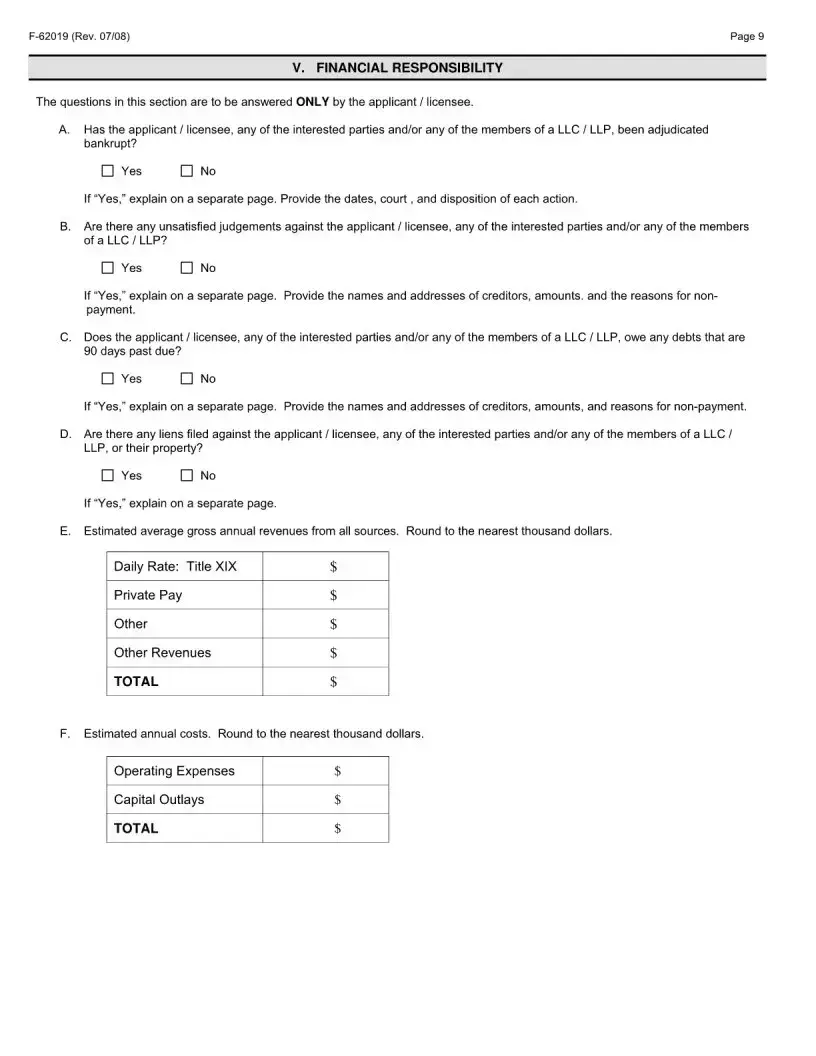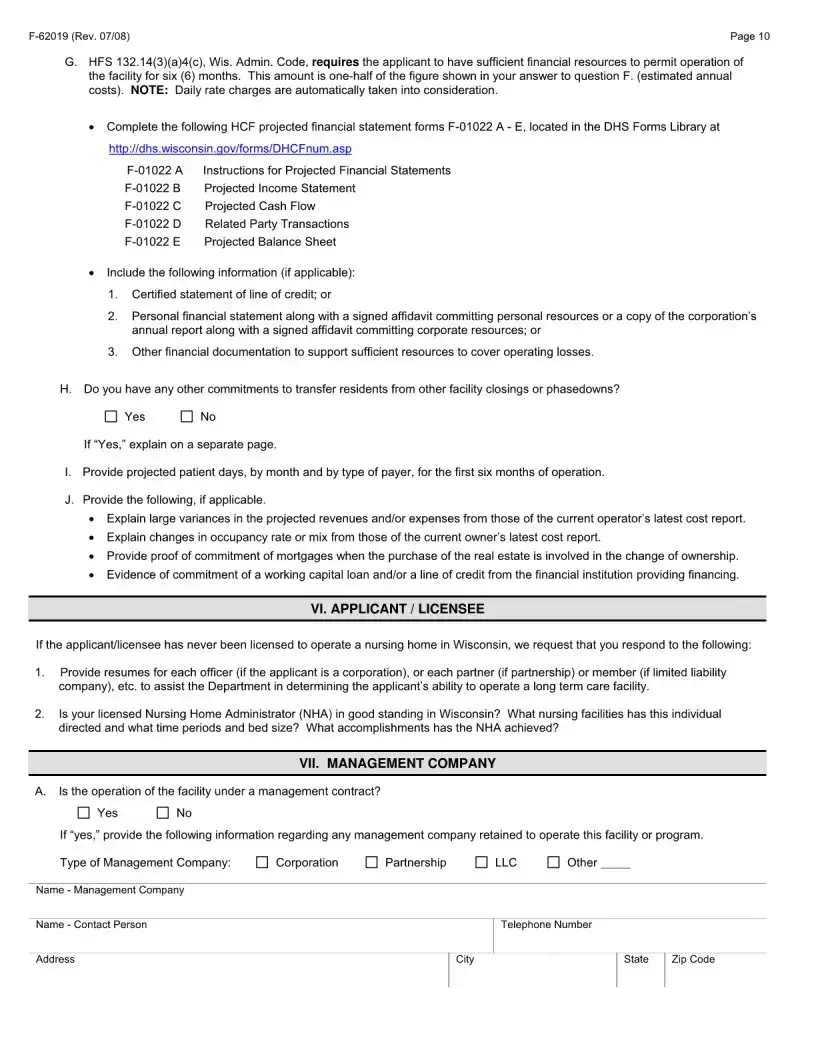The Wisconsin F 62019 form is akin to various other documents that serve as disclosures or requests within legal, financial, or administrative contexts. One notable similar document is the Uniform Residential Loan Application used across the United States. This form, like the F 62019, collates comprehensive personal, financial, and property information to assess eligibility for a borrowing arrangement. Both documents aim to compile data in a structured format, enabling decision-makers to evaluate the applicant’s qualifications and risks efficiently.
Another related document is the IRS Form 4506-T, Request for Transcript of Tax Return. This form allows individuals and businesses to request tax return information, which is often a requirement in lending and financial verification processes. Similar to the F 62019, it plays a crucial role in assessing financial health and integrity, providing a transparent view of an applicant's fiscal history and current status.
The Health Insurance Portability and Accountability Act (HIPAA) Authorization Form also shares resemblances with the F 62019. This form is utilized to authorize the disclosure of an individual's health information to specified parties. Both forms facilitate the sharing of personal information under specific circumstances, emphasizing the importance of informed consent and confidentiality.
The General Employment Application form is another document that bears similarity to the F 62019, mainly in its purpose to collect detailed personal and professional information from applicants. Both forms serve as initial steps in a vetting process, whether for employment, financial, or legal matters, seeking to gather necessary details that will aid in making informed decisions.
Similarly, the Mortgage Loan Disclosure Statement, prevalent in real estate transactions, closely aligns with the F 62019's function. It outlines the terms, conditions, and costs associated with a mortgage loan, providing crucial data for borrower appraisal. Both documents are pivotal in facilitating transparency and understanding between parties entering into significant financial agreements.
The Free Application for Federal Student Aid (FAFSA) is another document with commonalities to the F 62019. It collects personal and financial information to determine eligibility for student financial aid. Both documents are instrumental in financial decision-making processes, ensuring that applicants are judged based on accurate and complete information sets.
The Power of Attorney Form, while distinct in its legal capacity, shares the essence of empowering actions on another’s behalf, akin to the disclosure and authorization nature of the F 62019. This document grants one party the authority to act for another, necessitating a comprehensive understanding of the individual’s circumstances, similar to how the F 62019 collects detailed information for specific purposes.
The Privacy Release Form in the medical or educational field, which allows for the release of personal records to authorized entities, also parallels the F 62019 in intent. Both are predicated on the idea of informed consent for sharing sensitive information under regulated conditions to protect the individual’s privacy while meeting operational or legal requirements.
Lastly, the Credit Report Authorization Form closely mirrors the Wisconsin F 62019 form. It is designed to authorize credit checks by potential lenders or landlords, similar to how the F 62019 might be used to authorize the collection and use of personal information for specific, stated purposes. Both are integral in processes where understanding an individual’s background is crucial for decision-making.
